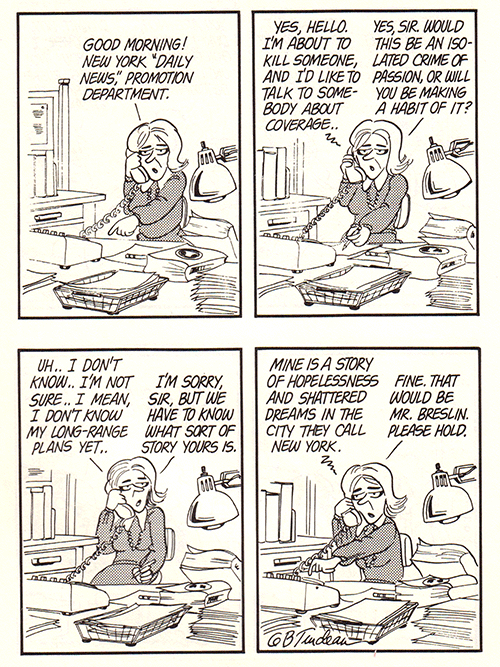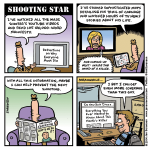The Sorensen Monologues
Archive for June 2nd, 2014
Shooting Star
To be clear, I have no problem with how the Isla Vista shootings have led to a discussion of misogynist hate groups and violence against women. That’s an important conversation to have. What I’m criticizing is the folly of obsessing over details of a shooter’s life and broadcasting his every utterance in the name of “understanding” what happened. Studies show these events are a kind of social contagion exacerbated by certain kinds of news coverage. Austria faced an analogous situation with a spate of subway suicides; a campaign urged less dramatic and personalized coverage, and after Austrian media took this advice subway suicides declined by 80%. (See this PDF from the CDC and other medical groups for details.)
Many progressives bristle at the thought of holding any information back; they associate it with censorship, priggish schoolmarmism, and McCarthyism. But our current methods of reporting on these tragedies do sweep something under the rug: the media context for these events. The news doesn’t just passively reflect reality, and sometimes less really is more. Good journalism does not require publishing shooters’ pictures nor their manifestos, and if news outlets do, they should acknowledge that they are quite possibly contributing to more deaths in the name of keeping the public “informed.”
I’m not saying we shut down all discussion completely; there are ways to report on a mass killer’s motivations without promulgating his entire oeuvre. Responsible reporters can write non-sensationally about the web communities he frequented, etc. And certainly we can talk about the need for better gun control. Changing the nature of reporting is not incompatible with discussing the root causes that lead to these tragedies.
The point I am making is not new. Garry Trudeau made much the same argument back in 1977 in his famous criticism of the New York Daily News coverage of Son of Sam (below I reprint the first of six Doonesbury strips on this topic). Nobody listened then and nothing has changed.


